FIAT Ritmo classic cars for sale
The FIAT Ritmo, produced from 1978 to 1988, stands out with its innovative design, wide model range, and advanced technical features for its time. From practical three- and five-door hatchbacks to rare Cabrio versions built by Bertone, and hot Abarth models with strong motorsport connections, the Ritmo line-up covers everything from daily usability to enthusiast driving. Its strengths and quirks make it a highly individual choice in the world of classic Italian compacts.
Résultats de la recherche
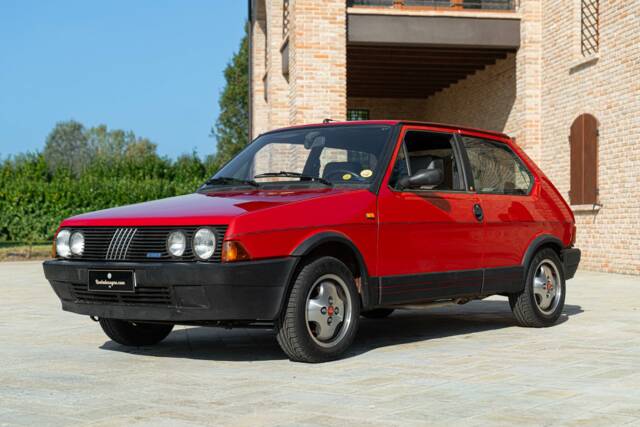
1990 | FIAT Ritmo 105 TC
2025-03-08 15:50:17 | Fiat RITMO 105 TC

1980 | FIAT Ritmo 60
2025-04-29 16:01:32 | Fiat RITMO 60 L "REPLICA ALITALIA"
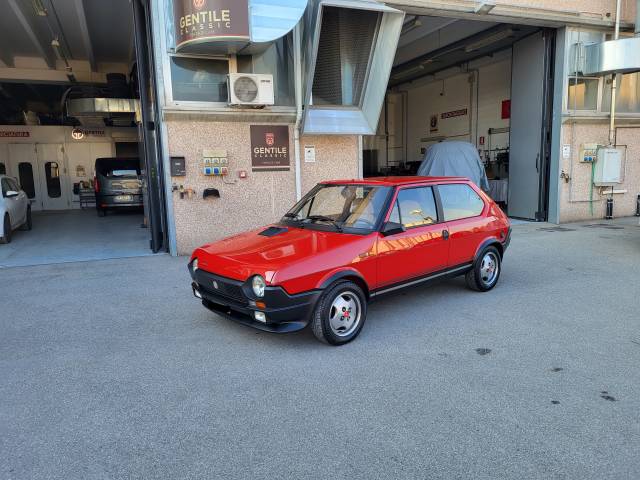
1982 | FIAT Ritmo 125 TC
ABARTH TUTTA ORIGINALE ! 1° SERIE RARISSIMA !
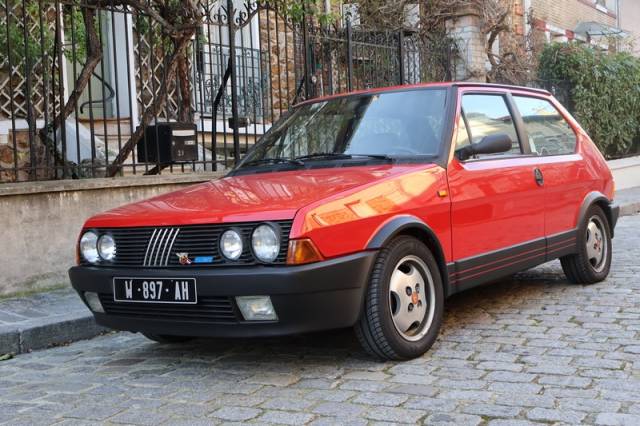
1984 | FIAT Ritmo 130 TC Abarth
Très belle restauration, (très couteuse…)
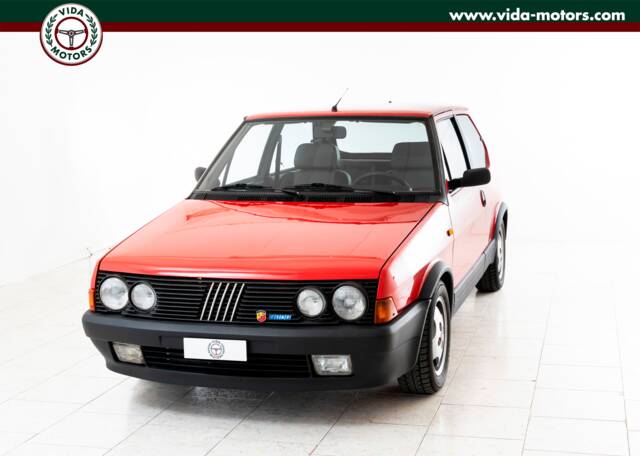
1984 | FIAT Ritmo 130 TC Abarth
4.000 KM * METICULOUS RESTORATION * 130 TC
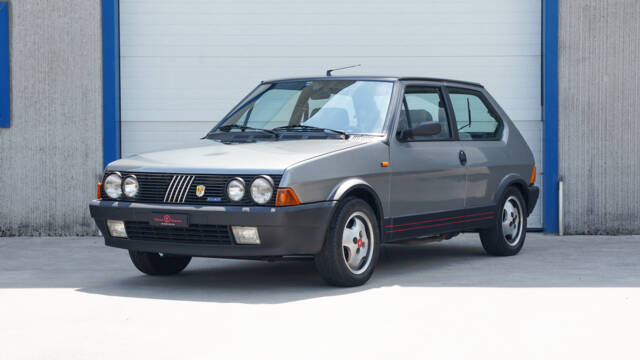
1984 | FIAT Ritmo 130 TC Abarth
Ritmo 130 TC
FIAT Ritmo listing references from Classic Trader
Below you will find listings related to your search that are no longer available on Classic Trader. Use this information to gain insight into availability, value trends, and current pricing for a "FIAT Ritmo" to make a more informed purchasing decision.
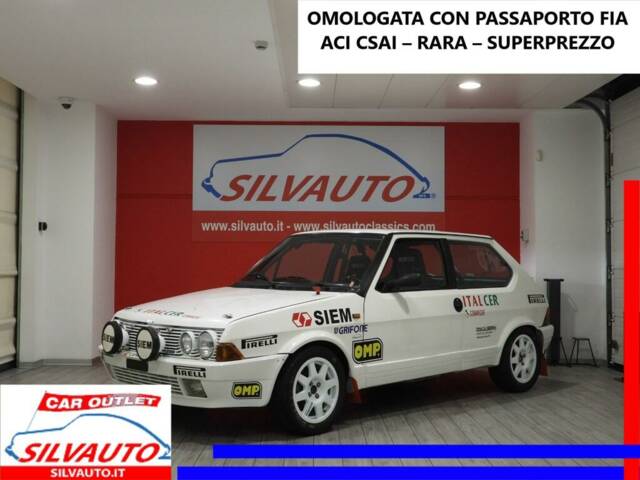
1984 | FIAT Ritmo 130 TC Abarth
FIAT RITMO ABARTH 130 TC GR.A (1984) OMOLOGATA CON PASSAPORTO FIA ACI CSAI – RARA – SUPERPREZZO
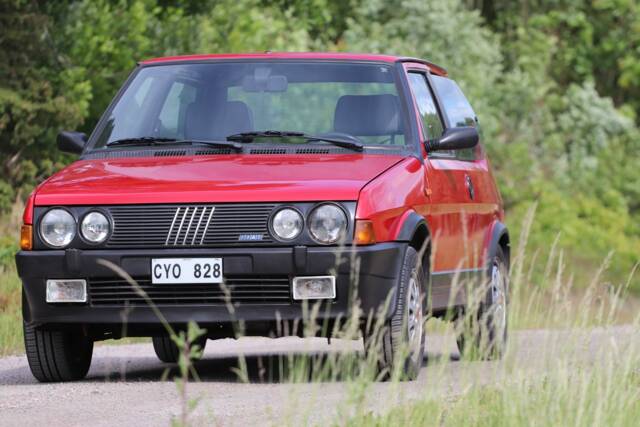
1984 | FIAT Ritmo 105 TC
Rare 105TC in perfect running condition
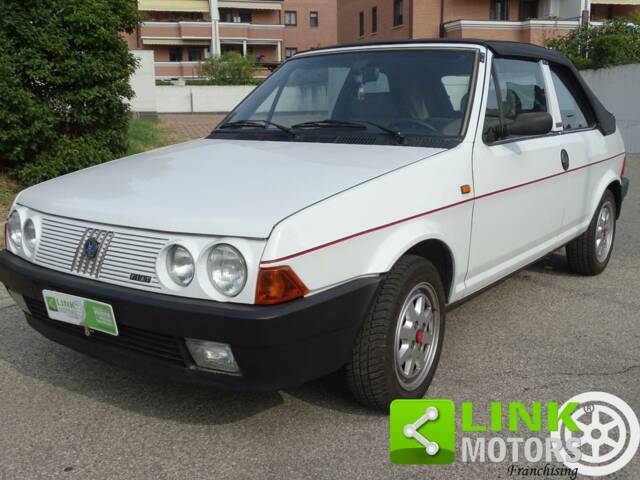
1983 | FIAT Ritmo Bertone
FIAT Ritmo 1.5 Cabrio Bertone - MOD.138AS1 - 1983 ASI+CRS
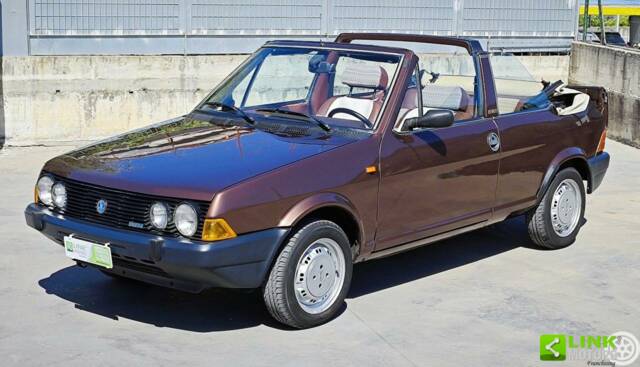
1984 | FIAT Ritmo Bertone
FIAT Ritmo bertone cabrio 85 1.5 82 CV
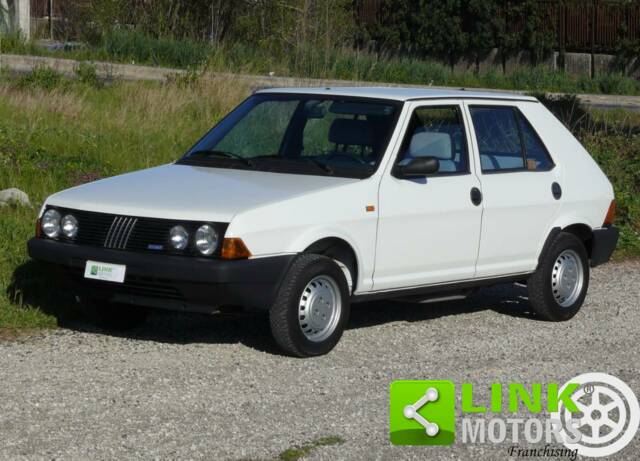
1984 | FIAT Ritmo 60
FIAT Ritmo 60 5 porte CL - Certificato Rilevanza Storica
History and Introduction of the FIAT Ritmo
Launched in 1978, the FIAT Ritmo was more than just a successor to the FIAT 128; it presented a new philosophy in compact car engineering. Developed during the mid-1970s by Gianpaolo Boano’s team, it introduced remarkable technical and design advancements. In Italy, this was the first production car to feature fully integrated plastic bumpers and a significant leap in automated assembly, with robots taking over much of the production line – even marketed as 'handbuilt by robots' abroad. The Ritmo’s unique styling with high-mounted bumpers and narrow taillights made it instantly recognisable. Over a decade of production, more than two million Ritmos left the factory, many destined for European roads. Rebranded as the Strada in certain export markets, the Ritmo was available in 3- and 5-door hatchbacks and, from 1981, a Cabriolet by Bertone. The model line’s versatility and affordable pricing made open-top motoring accessible to more people across Europe.
Model History of the FIAT Ritmo
Replacing the FIAT 128, the Ritmo symbolised both continuity and progress in the FIAT range. The first series (1978–1982) debuted in various versions, including Ritmo 60, 65, and 75. A major facelift in 1982 modernised its chassis and fuel system, followed by a second facelift in 1985 that brought subtle design updates. As the model matured, its range grew: the 105 TC introduced more power, the 125 TC Abarth and 130 TC Abarth brought motorsport DNA into the street, and the Bertone Cabrio version added open-air driving to the menu. Production ended in 1988, succeeded by the FIAT Tipo.
Highlights of the FIAT Ritmo
The FIAT Ritmo offered a broad spectrum: accessible family hatchbacks, rare Cabriolets, and seriously sporty Abarth editions. Noteworthy traits included pioneering design—especially those integrated bumpers—and a diverse engine line-up ranging from practical four-cylinder units to the powerful, twin-cam Abarths. The Ritmo’s motorsport achievements, particularly in rallying with the Abarth models, elevated its reputation among enthusiasts. The interior was pure eighties charisma, with analogue dashboards and often Recaro sports seats in the top models. Today, Abarth variants, especially the 130 TC, are highly sought after in the scene for their authentic 'hot hatch' personality.
Technical Data
Special & Limited Editions of the FIAT Ritmo
Among the most significant Ritmo special editions are the Abarth models:
- Ritmo 105 TC: Introduced uprated performance and sporty trim.
- Ritmo 125 TC Abarth: Featuring a 2.0-litre twin-cam engine by Abarth, Weber carburettors, and a ZF five-speed gearbox, this was a favourite in amateur motorsport and rallying.
- Ritmo 130 TC Abarth: The ultimate road-going Ritmo, with a tuned 130 PS 2.0 twin-cam, often seen with distinctive alloy wheels, sports suspension and brakes, and performance-focused interiors with auxiliary gauges and Recaro seats. Motorsport versions homologated for Group N boasted up to 150 PS.
- Bertone Cabrio: The open-top Ritmo, built by Bertone, is rare and notable for its stylish, affordable approach to convertible motoring; fewer than 100 are currently known to remain registered in Germany.
Weak Spots and Common Issues
The Ritmo’s innovative character came with trade-offs: many cars suffer from poor rust resistance, particularly at the tailgate and exposed areas, so careful inspection is crucial. Interior plastics, dashboard, and trim can fade or crack under sunlight. Electrical faults (especially with early models) and finicky gearboxes are known weaknesses. Reproduction body panels and trim can be difficult to source, with some components for Abarth or Cabrio versions especially rare. Given these specifics, a thorough check for corrosion, functional electrics, and complete documentation is recommended, particularly for unrestored or imported cars.
Engine, Performance, Transmission and Handling
The Ritmo was engineered for agility rather than outright speed, though the Abarth variants broke that mould. Engines spanned frugal 55 PS units to the lively 130 TC with 130 PS, giving 0–100 km/h in approximately 8 seconds—on par with the era’s fastest front-wheel-drives. The ZF five-speed manual gearbox, sports suspension, and enhanced braking on the Abarth made them credible ‘hot hatch’ contenders. Most Ritmos, including the Cabrio, prioritised balanced handling, city-friendly driving, and responsive steering—elements that still make the model appealing for classic car rallying and regular use today. - Ritmo 60 / 65 / 75: Prudent and reliable daily drivers, some with optional automatic or LPG setups.
- Ritmo 105 TC: 1.6-litre, 105 PS, a practical entry into spirited driving.
- Ritmo 125/130 TC Abarth: Twin-cam power, sporty interiors, and enhanced suspension—an enthusiast’s classic.
- Bertone Cabrio: Open-air fun, especially rare in good condition.
Interior, Comfort, Exterior and Design
Design was always a defining feature: the Ritmo’s body was revolutionary, skipping visible bumper seams and embracing composite plastics. The hatchback lines featured clean, rising swage lines and narrow rear lights, unmistakable in any car park. Interiors echoed the spirit of 1980s Italy, with bold upholstery fabrics, ergonomically angled dashboards, and prominent instrument clusters. Abarth versions included unique touches like sports steering wheels, auxiliary gauges, and distinctive seat patterns. The Bertone Cabrio stood out for open-top motoring and stylish execution, while many models boasted period accessories such as alloy wheels from BBS, Speedline, or branded Abarth, as well as documented factory options like sunroofs, fog lamps, and stereo upgrades.
Other Noteworthy Features
Certain Ritmos were built or modified for rallying, and models exist that feature FIA homologation or period roll cages, especially those linked to groups like Jolly Club. Rare original registration documents, Italian or Austrian market paperwork, and double keys add value to many classic listings. Accessories including factory tool kits, original wheels, and technical documentation remain sought after by collectors.
Summary
The FIAT Ritmo’s ten-year legacy covers a uniquely Italian blend of engineering ambition, motorsport heritage, and accessible motoring. Its rare special editions, especially the Abarth and Cabrio versions, offer engaging driving experiences and distinctive design touches. As more enthusiasts rediscover its values in handling, styling, and innovation, preserved Ritmos—particularly those with original paperwork and expert restoration—occupy an unmistakable place for those who seek characterful classic Italian cars with a strong social and cultural backstory.





